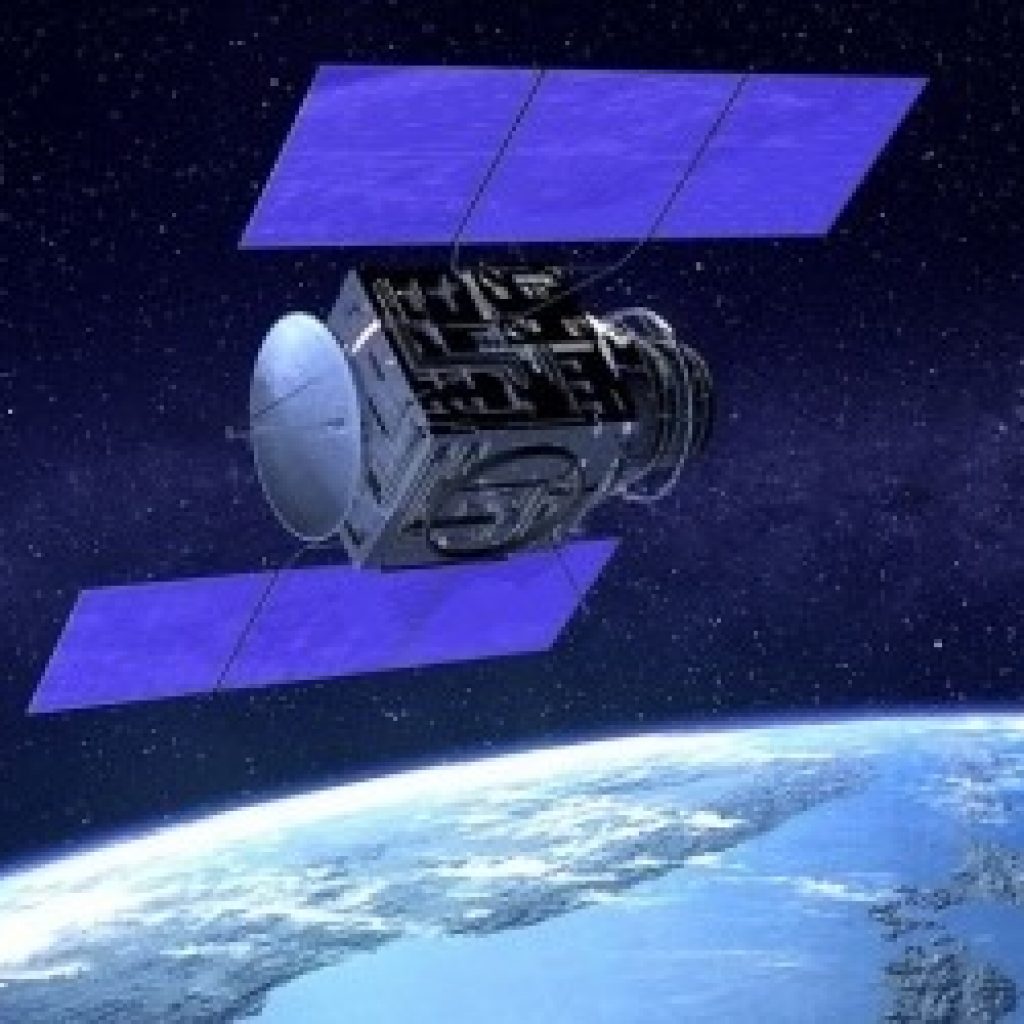(MIT.TechReview) China’s quantum communication satellite Micius has notched up an impressive series of breakthroughs thanks to powerful photon detectors that outwit background noise.
Quantum communication requires detectors that can spot and measure single photons. In recent years, physicists have designed and built increasingly sensitive devices that can do this. However, this sensitivity makes them vulnerable to any kind of background noise, which can overwhelm the signal from the photons themselves.
Meng Yang and colleagues at the University of Science and Technology of China in Hefei say they have solved the problem. The team’s detector exploits a phenomenon known as avalanche breakdown, which occurs in semiconductor chips under special circumstances. the task for Yang and co was to find ways to protect and enhance the performance of commercial off-the-shelf single-photon detectors so that they can operate in space. Their first fix was straightforward—surrounding the detector with shielding that blocks high-energy particles.
Yang and co eventually settled for a shield consisting of two layers. This shielding also acts as a thermal insulator, which allows the team to cool the detectors to -15 °C.
In 2016, Yang and co launched their detectors onboard the Chinese Micius satellite, a quantum technology demonstrator that has notched up an impressive series of breakthroughs. These experiments have set the scene for a new generation of space-based quantum communication.
China’s Quantum Communication Micius Achieving Impressive Breakthroughs
